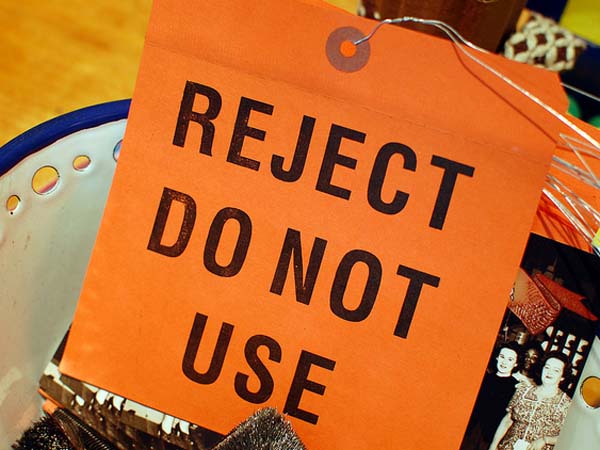When we hear the word “inclusive” these days, most of us think of gender identity, sexual orientation, race and religion. The public discussion has not yet turned to those who are “less able” to meet the demands of the workplace. Yes, we addressed access for wheelchairs and a rare few companies make accommodations for alternative scheduling needs, but there is a larger population falling through the cracks. Those with “invisible” disabilities.
Invisible disabilities are those illnesses, disorders, and conditions that are not easy to tell exist by looking at a person, but they are real and affect their lives in very real ways. Having an invisible chronic condition affects how a person has to function in their daily life. A person with this type of condition has to make choices about how they spend their energy – choices that “normal” people cannot seem to understand. Nearly half the citizens in the U.S. suffer from some type of invisible illness, such as Post Traumatic Stress Disorder, Chronic Fatigue Syndrome, Fibromyalgia, Depression/Bipolar/Anxiety and other mental illnesses, Celiac Disease, and the list goes on and on. Some cause only minor interruption in a person’s life, but many times, having just one of these conditions drastically reduces the affected person’s ability to earn the income necessary to provide for their and their family’s most basic needs.
Getting on disability benefits is, quite often, not an option. Just about everyone who applies for Social Security Disability benefits gets denied on the first try. This begins what is often a long process of multiple appeals, until finally, and often after losing everything including their home, a lucky applicant in need gets awarded benefits. It is not clear why the process is designed as such. Perhaps it’s to weed out those who finally give up, out of financial need, to struggle for the rest of their lives with maintaining employment and income. Once employed or actively seeking work, the applicant is disqualified from receiving benefits. This presents a cruel, inhumane, and impossible dilemma: To work, even if one cannot maintain full-time employment, dooms them to the long-term struggle to survive, or to not work during the appeals process and likely lose everything they own. Part-time opportunities that produce a livable income are very rare, and too few employers are willing to offer skilled positions on a part-time or flexible basis.
When looking for a job, most people have to take the opportunities that come their way. Even for the most healthy among us, these can be limited. People are still struggling in this “recovering” economy, and that’s even more true with a disability. Most of the time, in job interviews, job-seekers will not disclose that they have a condition they need to work around. To make this information known is to effectively disqualify oneself from an offer, and the employers will make up any reason for passing over this particular candidate to avoid a potential discrimination suit. When a candidate who keeps quiet about their illness gets a job, it’s only a matter of time before the illness makes itself known. The sad result is often the disabled or ill person losing their job, if the company can legally get away with severing ties.
One can argue that this is simply “survival of the fittest” at work, but this is not the wilderness, we are not wild animals, and we are not feasting on the carcasses of the old and weak. This is so-called “civilized” society leaving its most frail members to struggle in an impossible situation, set up with cold, arbitrary policies that only serve the goal of amassing wealth, with fewer and fewer crumbs spared to those in need.
Many affected people can work to some extent, and some even have very marketable skills to contribute, if Corporate America would stop acting like employment is some opportunity to be reserved for a golden, chosen few, and make the necessary accommodations. Many times this means making scheduling modifications and offering the option to telecommute. The technology is available, so there really are no more excuses. To allow more people into the workforce is not just good for those with chronic invisible conditions, it’s good business, good PR, and when more people have more income, it’s good for the economy. Total inclusiveness is a no-brainer and has to be the next step in the fight for social and income equality.
Or, to quote this author’s recent comment on Facebook, “Society has to deal with us one way or the other – make room, or deal with the fallout in the form of benefits paid by tax-payers (and we know how those complaints go) or deal with us as homeless people because we can’t keep our job, can’t get hired for a new one with proper accommodations and flexibility, and with no income, we now reside on the streets. Which…is it going to be?”
